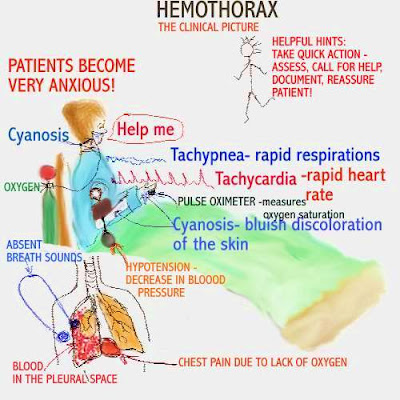NURSE - PAY CLOSE ATTENTION !

What went wrong? The nurse on the top called Erica was assigned to a Code Blue in the ER. She did not pay attention to the WET FLOOR sign. She simply rushed off and slid and fell. Needless to say she did not make it to the code as intended. What about the needle holder? Did anyone take note that it was full? It has become a potential danger for a needle stick. Learn more about: The patient on mechanical ventilation Please read the image above for helpful tips. Also enjoy watching the video: Sessions 44 - The patient on mechanical ventilation




















